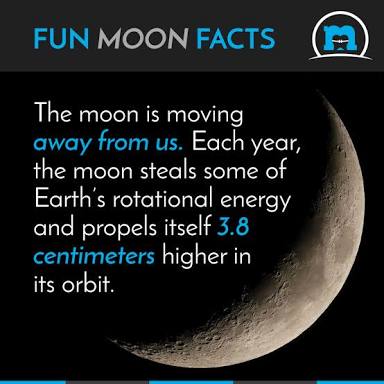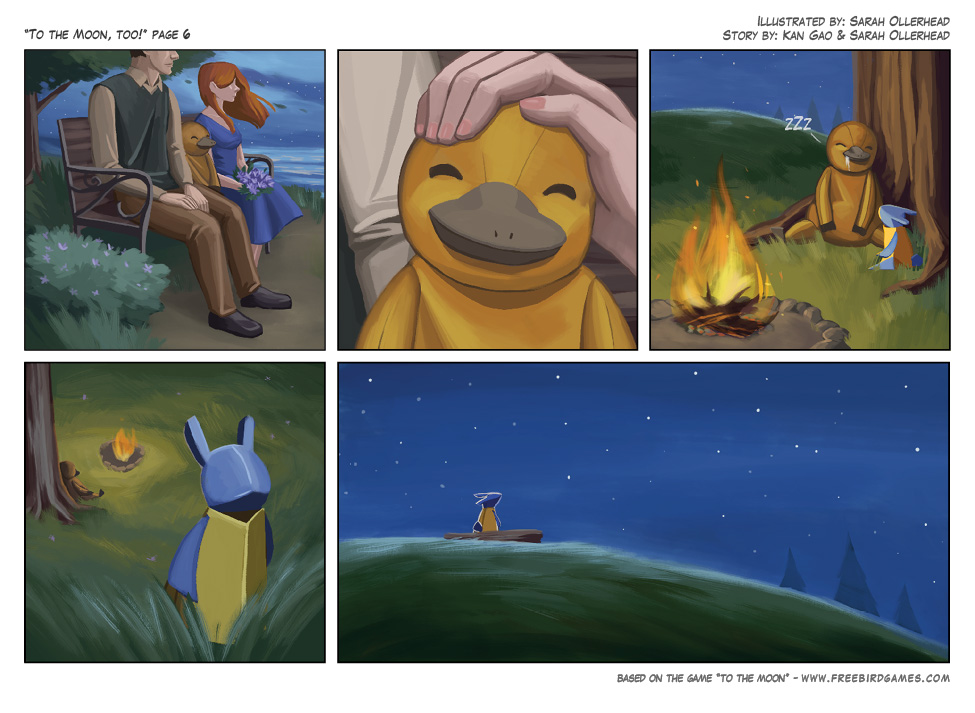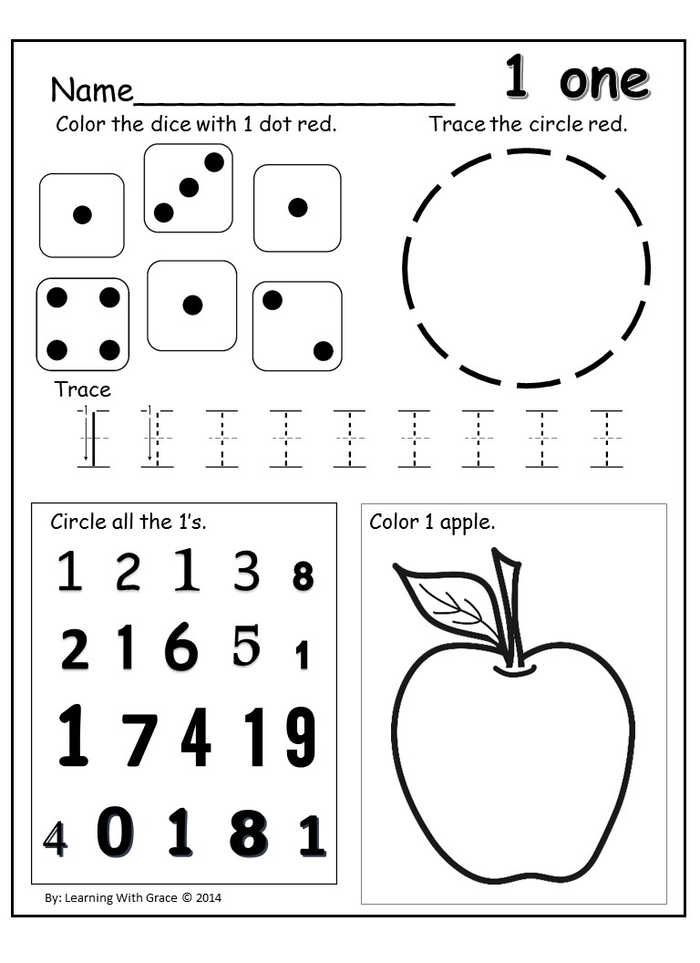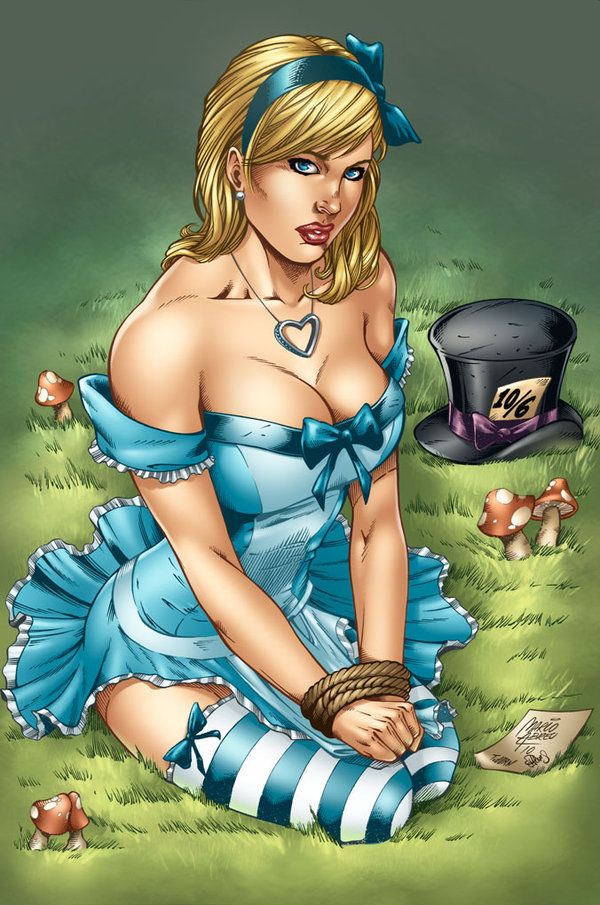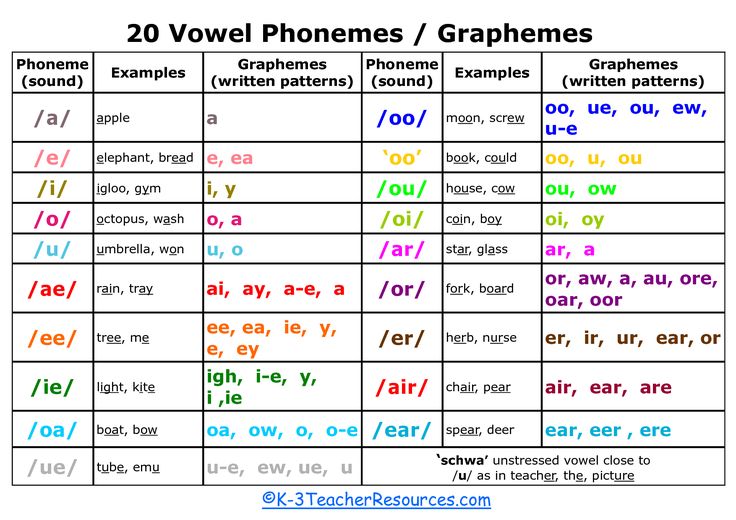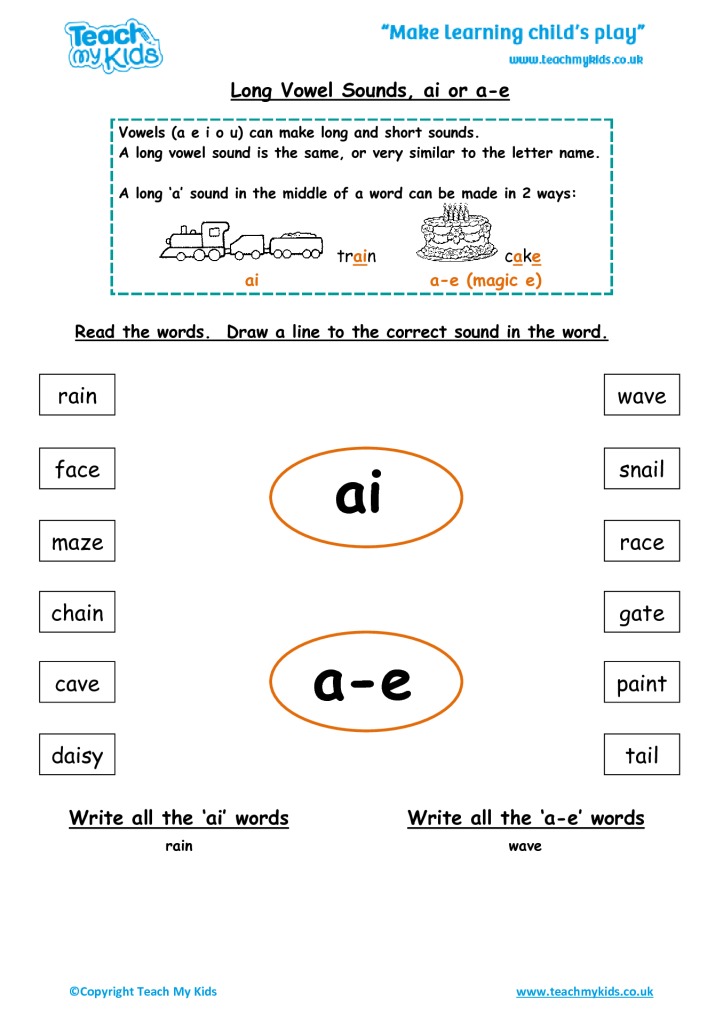Story about the moon
Modern Moon Stories
Modern Moon Stories
One night when the moon was out
he was watching everybody. I was having my birthday.
I looked out the window and the moon was bright, but it was the waning
crescent. I was happy because I smiled at the moon and it smiled
back! I had to go back to my party and I waved at the moon and the
moon waved back.
- Fran
2nd. grade
Thoughts about what the moon looked
like when I was born. - I think it was waning because the moon gave
me his health which reduced his size. The moon was skinny because
it is actually God's smile.
- Greg
2nd. grade
On the day I was born my moon was
full. It looked at me and said, "Wow! What a beautiful baby!"
"I want to be a hat for her. "
- Grace
2nd. grade
One time there was a Moon and a
Sun. They were good friends until the Sun got too close to
the Moon and burned the Moon. The Moon got so mad that one day he
ripped a piece of the Sun and put it on himself. Then they had a
fight and they both exploded. That is why a piece of the Moon became
stars and made night. The Sun's punishment is going down every day.
- Ty 2nd.
grade
One day the Moon was jealous of
the Sun. It had all the light. The Moon made a ladder to Earth.
He saw a fox walking by the ladder and yelled at his to come up.
The Moon said, "Bring me some shiny rocks, please, so I can be bright.
The fox said he would. The Moon was happy forever.
- Charles
2nd. grade
Once upon a time there was a little
boy named Joe.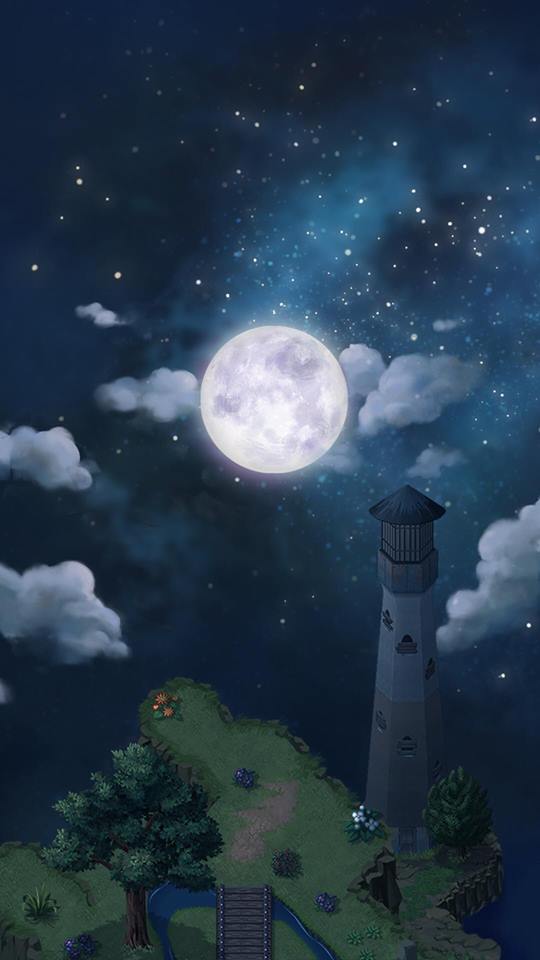 He thought that the Moon was a big piece of cheese.
One time he went to his front yard when it was very dark. He pulled
the
Moon out of the sky. It was a waning crescent so he stretched it
out to a full Moon. It was much brighter then.
He thought that the Moon was a big piece of cheese.
One time he went to his front yard when it was very dark. He pulled
the
Moon out of the sky. It was a waning crescent so he stretched it
out to a full Moon. It was much brighter then.
- Joe
2nd. grade
When I was born, my Mom took me
to the window. The Moon saw me the day I was born. The Moon
decided to be a little cradle for me to sleep in. I saw the crescent
and I was scared. I cried so hard.
- Kay
2nd. grade
One time there were three animals,
a jaguar, a snake and a vulture. The snake and the vulture argued
over the Moon. The snake wanted to eat the Moon because it looked
so good. The vulture wanted to hide the Moon or steal it away so
it would be safe from the snake. Their friend, the jaguar, talked
to them and tried to get them to come to an agreement.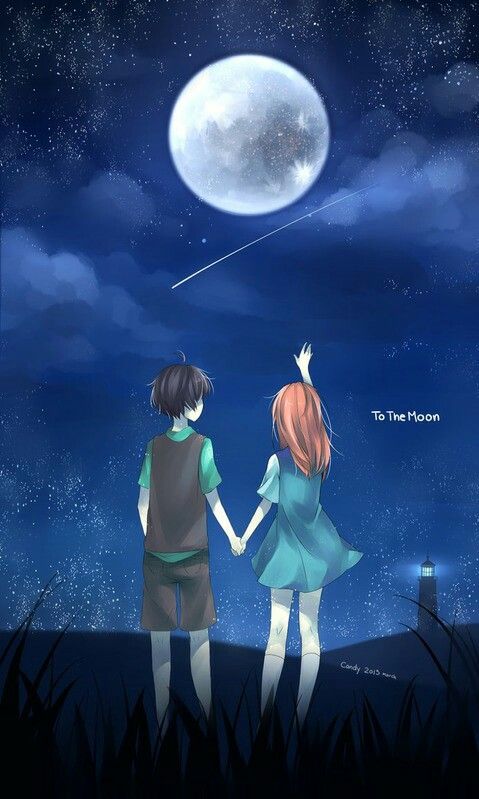 The snake
and the vulture still disagreed. The jaguar took the Moon to a dark,
dark, scary cave. Doing this made it very dark outside. The
snake and the vulture were mad then at the jaguar. The vulture and
the snake had to work together to go in the dark, scary cave to get the
Moon.
The snake
and the vulture still disagreed. The jaguar took the Moon to a dark,
dark, scary cave. Doing this made it very dark outside. The
snake and the vulture were mad then at the jaguar. The vulture and
the snake had to work together to go in the dark, scary cave to get the
Moon.
Even now at night, sometimes it looks
as if the snake has eaten some of the Moon. And at other times, it
looks as if the vulture must have hidden the Moon because we cannot see
it in the sky.
- Class story
composed by 1-MC
Once there were animals arguing about the Moon and the Sun. They argued about which should be in the sky. The cat, cow, deer, and fox could not decide which should be up there. They decided to have a race from the woods up to the sky.
The dog won the race, getting to the Moon first. He took the Moon so it would be a new Moon when he had it down on Earth with him.
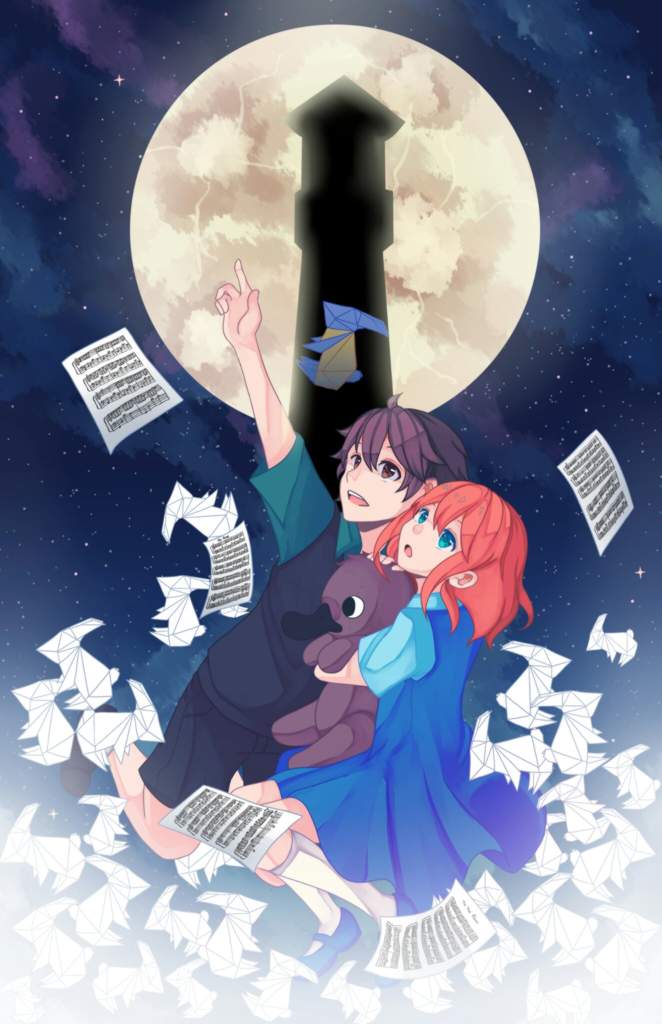 He made up a song for all the animals to
sing called the "Moon Jam."
He made up a song for all the animals to
sing called the "Moon Jam."
- Class story composed by 1-SC
English | The Lady Who Lives on the Moon
The Lady Who Lives on the Moon
A Chinese Story
*
Once upon a time, there was a beautiful warrior called Chang’e who was married to a brave and strong archer named Houyi. The couple were both immortals who lived in the heavens, and both were well known for their brave acts of courage against many dangerous enemies.
One day, the Queen Mother of the West summoned Chang’e and Houyi to Earth because the Jade Emperor’s ten sons had turned themselves into orange balls of fire and were sitting in the sky above the Earth. The heat was too much for the Earth. Ten burning suns in the sky meant that it was never night-time, and the Earth never had a chance to cool.
Soon the earth dried up, the rivers turned to dust, crops turned to ash, and the lands became barren.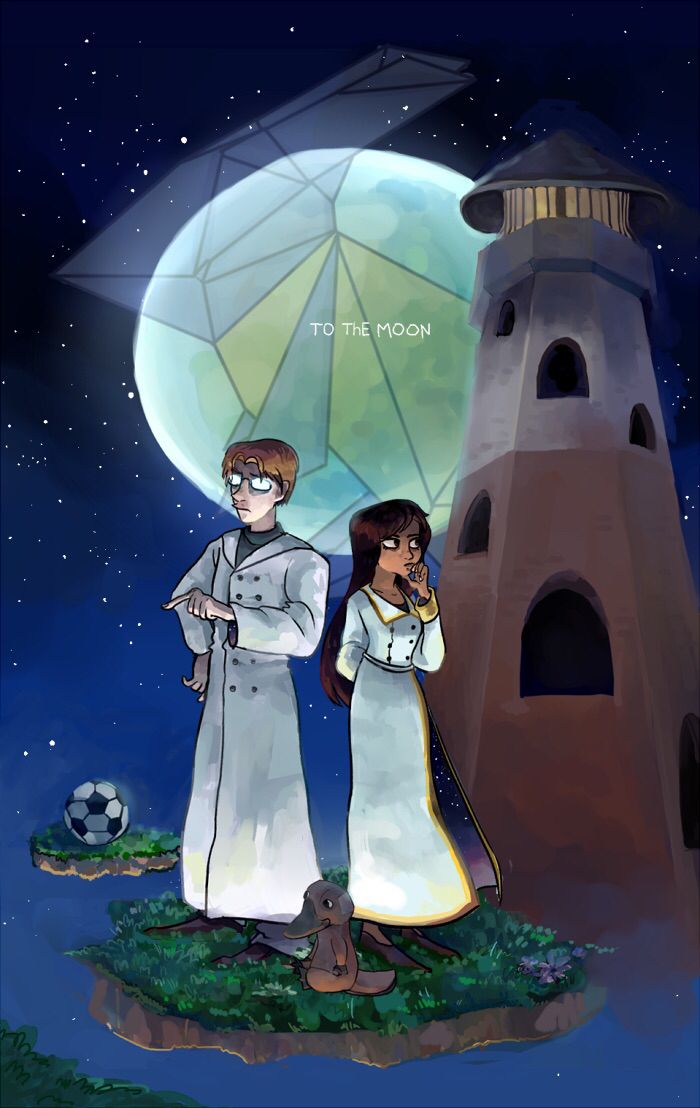
Houyi was a very skilled archer who never missed his target. And so the brave warrior aimed up into the burning sky, and with his bow and arrow he shot down nine of the suns from the sky. But Houyi left one sun to circle the Earth for evermore so that there would be both night and day.
The Jade Emperor was very angry with Chang’e and Houyi and banished them from the heavens for killing nine of his sons, even though he knew that they had done wrong.
And so Chang’e and Houyi had to begin a new life as mortals living on Earth.
It was not very long before Chang’e grew restless with her new life. She did not like living on Earth and missed the heavens and immortality. This restlessness soon turned to sadness, which then turned to anger at her banishment from the heavens.
Houyi felt guilty because he was the one who had used his bow and arrows to cast the Jade Emperor’s sons from the sky, and so he thought that it was his fault that Chang’e had been banished from the heavens.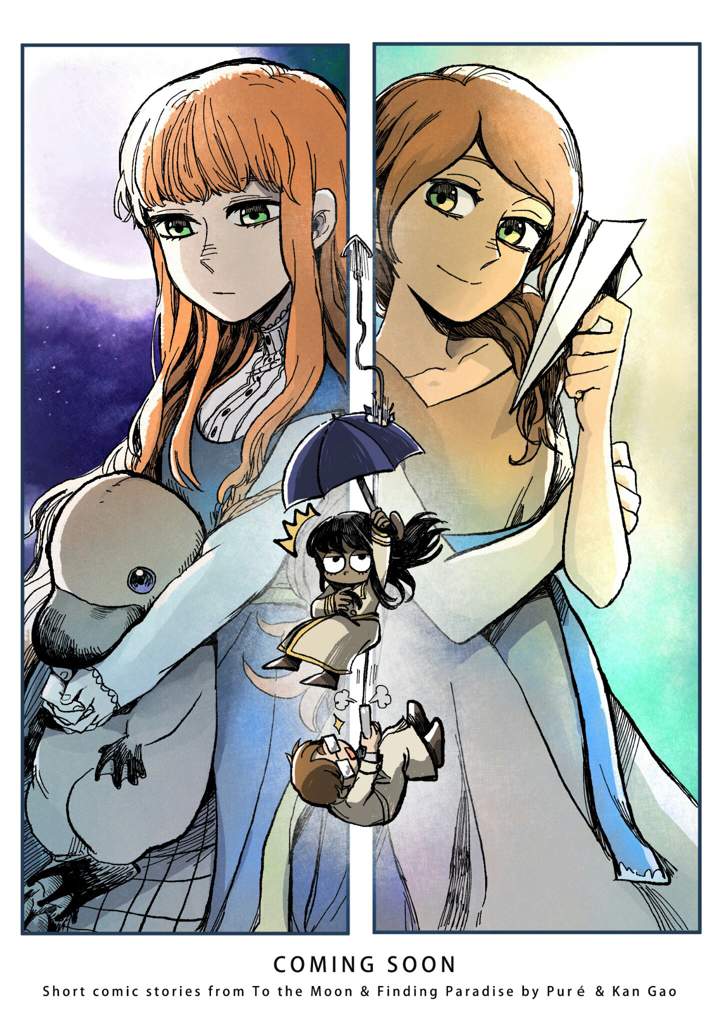
One day, Houyi went to see the Queen Mother of the West.
‘What am I to do?’ He asked of the Queen. ‘It is my fault that Chang’e is now a mortal.’
The Queen Mother felt very sad for Houyi so she gave to him an elixir of immortality.
‘Whoever drinks this elixir,’ said the Queen Mother of the West, ‘will be granted eternal life. But there is only enough for one person,’ she warned, as she handed over the silver vial.
Houyi was very grateful to the Queen, but he knew that he could not give the elixir to Chang’e because he could not bear to be parted from her side. So Houyi hid the elixir from his wife and tried to make a happier life on Earth for them both.
But one day, Chang’e discovered the vial containing the elixir while her husband was away hunting. She was tired of living on Earth, tired of mortality and the simple life she was forced to live. And so Chang’e drank the elixir and was granted immortality. Suddenly her body became very light and drifted up into the sky.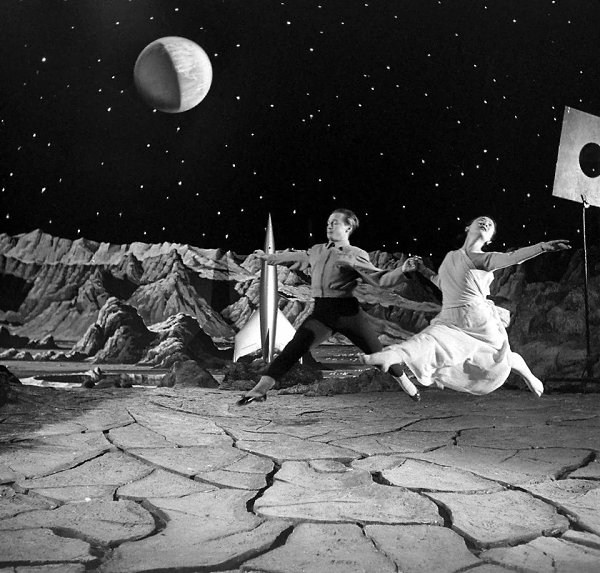 But instead of returning to the heavens, Chang’e came to rest on the moon, where she was quite alone except for the company of a small white rabbit.
But instead of returning to the heavens, Chang’e came to rest on the moon, where she was quite alone except for the company of a small white rabbit.
Houyi was very angry when he returned home and discovered that Chang’e had taken the elixir and abandoned him on Earth to live alone. He raised his bow to the night sky and took aim at the moon, but he could not shoot the moon from the sky for fear that he would pierce the heart of his beloved wife.
So Houyi was forced to live alone on Earth where he hunted and taught archery to his students. It was not a happy life, and one day Houyi was killed by one of his own students who was known to be jealous of the warrior’s skill and bravery.
Chang’e achieved the immortality she wanted so desperately, but she remains to this day alone in her palace on the moon with only a white rabbit for company. She will forever be without her beloved husband, Houyi.
Each year, on the 15th of August, Chinese people bake Moon Cakes and look up at the night sky. If it is a clear night, it is said that Chang’e can be seen sitting alone in her palace on the moon with her only friend, the white rabbit.
If it is a clear night, it is said that Chang’e can be seen sitting alone in her palace on the moon with her only friend, the white rabbit.
Enjoyed this story?
Find out more here
Moon for children - interesting facts about the Moon for children
The moon is the closest celestial body to the Earth, it is clearly visible, it shines in the night sky and constantly changes its shape. It is not surprising that the moon is always of interest to children.
How to tell a child about it in a simple and correct way?
Satellite of the Earth
When asked what the Moon is, people usually answer: “Satellite of the Earth”. This is an absolutely correct answer. Just like in ordinary life, where a satellite is someone who accompanies you on your journey, the Moon follows the Earth in outer space.
It must be understood that the Moon is the only natural satellite of the Earth, that is, it was formed without human intervention.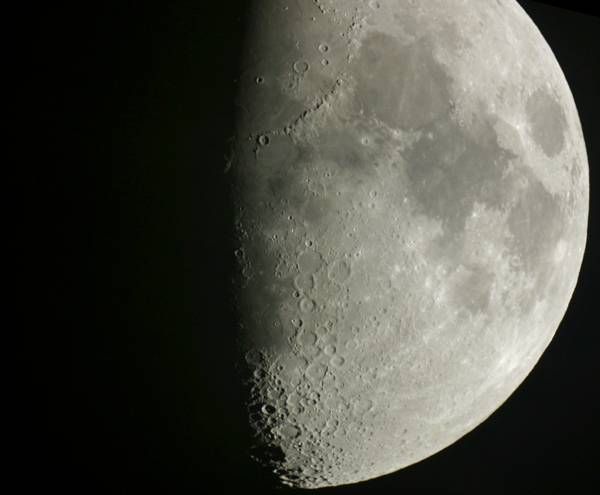 The Earth has many satellites (they are launched for various scientific research, for establishing communications and television), but these are artificial satellites, they are created by people.
The Earth has many satellites (they are launched for various scientific research, for establishing communications and television), but these are artificial satellites, they are created by people.
Where did the moon come from?
It is impossible to answer this question exactly. Scientists make several assumptions:
- it broke away from the Earth when a large cosmic body hit the Earth;
- it was an asteroid, but, flying past the Earth, it fell into its zone of attraction and became a satellite;
- The moon was formed from cosmic dust or there were several "moons" that merged into one;
- some believe that the Earth "pulled" the Moon from another planet.
One way or another, the Moon has been with us for a very long time: it was formed a little later than the planet Earth, more than 4.5 billion years ago.
Why doesn't the Moon move away from the Earth?
All bodies are attracted to each other; the force of attraction depends on the weight (mass) of objects and their distance relative to each other.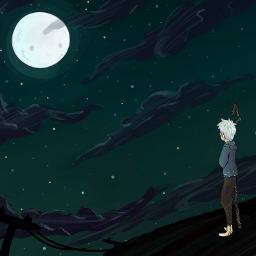 The greater the mass, the stronger the attraction, it weakens as one body moves away from another.
The greater the mass, the stronger the attraction, it weakens as one body moves away from another.
The Moon has such a mass and is at such a distance from the Earth that it can neither fly away from it nor connect with it: the force of attraction is just enough to keep it in Earth's orbit and not let go.
How far is the Moon from us?
The Moon is the closest celestial body to the Earth. The average distance from the Earth to the Moon is 380 thousand kilometers.
Of course, it is very far away. But by cosmic standards - very close.
So much so that a satellite can fly to the moon in less than 4 hours. The spacecraft flies much longer - from 3 to 5 days, but even this is not enough in comparison with the duration of flights to other space objects.
Interestingly, the Moon is gradually moving away from the Earth. Very slowly, by 3.8 centimeters a year, and it is impossible to notice it at such distances.
Size, weight and shape of the Moon
The Moon is 81 times lighter than the Earth.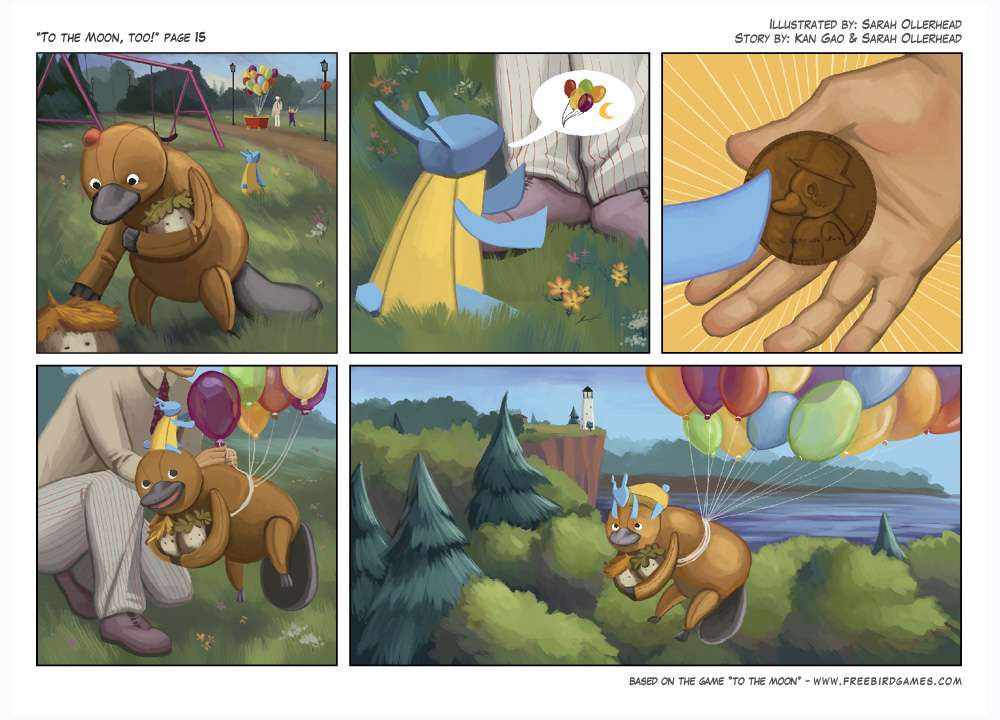 And 4 times smaller. That is, it is a relatively large celestial body. Therefore, researchers sometimes call the Earth and the Moon not a planet with a satellite, but a double planet.
And 4 times smaller. That is, it is a relatively large celestial body. Therefore, researchers sometimes call the Earth and the Moon not a planet with a satellite, but a double planet.
From Earth it seems to us that the Moon is absolutely round. Indeed, its shape is close to a sphere (with a radius of 1737 km). But this is not quite the right ball, it is slightly flattened.
Climate on the Moon
The Moon has practically no atmosphere - it is, but very rarefied; it is not able to protect from sunlight and radiation or retain heat. Therefore, significant temperature fluctuations are observed here. When heat from the Sun hits the Moon, the surface temperature can reach 127 degrees Celsius. When the Sun sets, cool down to -173 degrees.
There is no "winter" and "summer" on the Moon - for this the axis of this celestial body is not inclined enough relative to the Sun, less than 2 degrees (the earth's axis is tilted by 23.44).
Surface of the Moon
Even without a telescope, one can see that the surface of the Moon is not uniform: there are dark and light areas on it. They were observed by ancient astronomers and, by analogy with the Earth, they gave them names: the dark areas became “seas”, and the light, more elevated ones became “continents”.
They were observed by ancient astronomers and, by analogy with the Earth, they gave them names: the dark areas became “seas”, and the light, more elevated ones became “continents”.
But the lunar "seas" are not at all like the earthly ones. They don't have water. Seas are depressions filled with hardened volcanic lava. They occupy about 16 percent of the entire surface of the moon. The largest "moon sea" is called the Ocean of Storms.
The entire surface of the Moon (both seas and continents) seems to be pitted - covered with large and small depressions, which are called craters. In shape, they are a bit like a plate: the bottom is flat, and the edges are raised. There are a huge number of them - more than 100 thousand. And new craters are constantly formed.
Scientists attribute their occurrence to impacts on the lunar surface of various celestial bodies: comets, asteroids, meteorite fragments.
Geography courses for children aged 6-13
The online course "Amazing Planet" introduces children to the most important places in Russia and the world in an exciting format through games, stories and riddles
learn more
The internal structure of the Moon
The Moon, like many celestial bodies, has a walnut-like structure: in the middle is the core, around it is the mantle and outside the crust.
The main element of the nucleus is iron. Inside it is solid (about 240 km), outside it is liquid (300 km).
Above the core, under the crust - a mantle about 1000 km thick. It also mainly consists of metals: magnesium, iron, silicon oxides.
The crust is the upper, thinnest layer, only about 50 km. It is covered with lunar soil: a gray porous material called regolith.
Phases of the Moon
The most interesting feature of the Moon is its ability to change shape: we see it in the sky either as a ball, or as a crescent, or even as a very narrow sickle. Sometimes we don't see it at all.
The fact is that the Moon shines in the night sky not because it is able to glow like the Sun, but because sunlight is reflected from its surface.
Since during its movement in space the Moon changes its position in relation to the Sun and the Earth, it is illuminated in different ways. The shape of the part of the Moon visible from Earth is called the Phase of the Moon.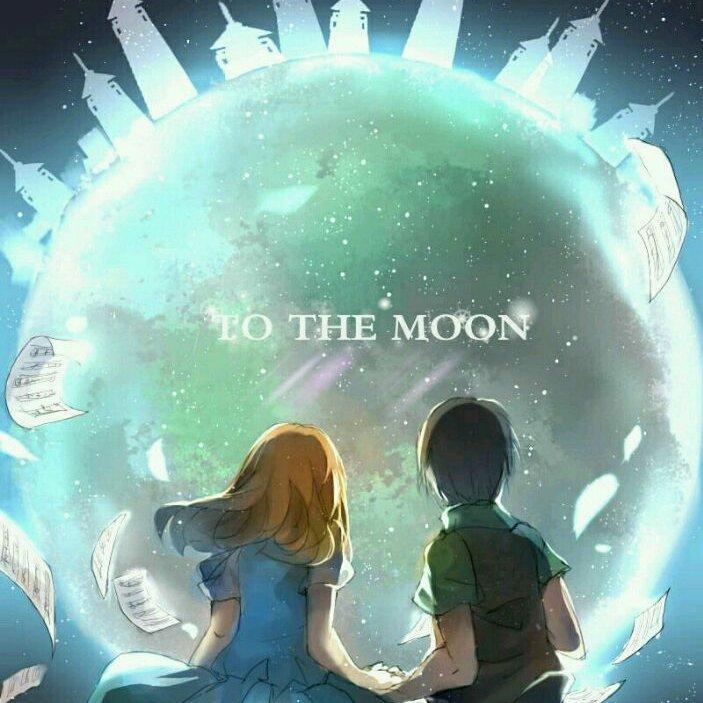
During the new moon the Moon is not visible: it is between the Earth and the Sun and the reflected light from the Earth is not visible.
During the full moon the Earth is located between the Moon and the Sun. Sunlight is reflected from the surface of the moon completely, and we can observe the correct circle.
Thus, the Moon goes through several phases:
new moon - waxing moon - first quarter (when exactly half of the circle is visible, its right side) - full moon - waning moon - last quarter (half of the moon is illuminated again, but another one) , old moon. Behind her is another new moon.
There is an interesting way to determine the phase of the moon: when only a sickle is visible in the sky, you need to look in which direction it is directed: if you can put a stick on the left so that the letter “P” is obtained, then the moon is growing, and if it looks like a letter "S" is decreasing.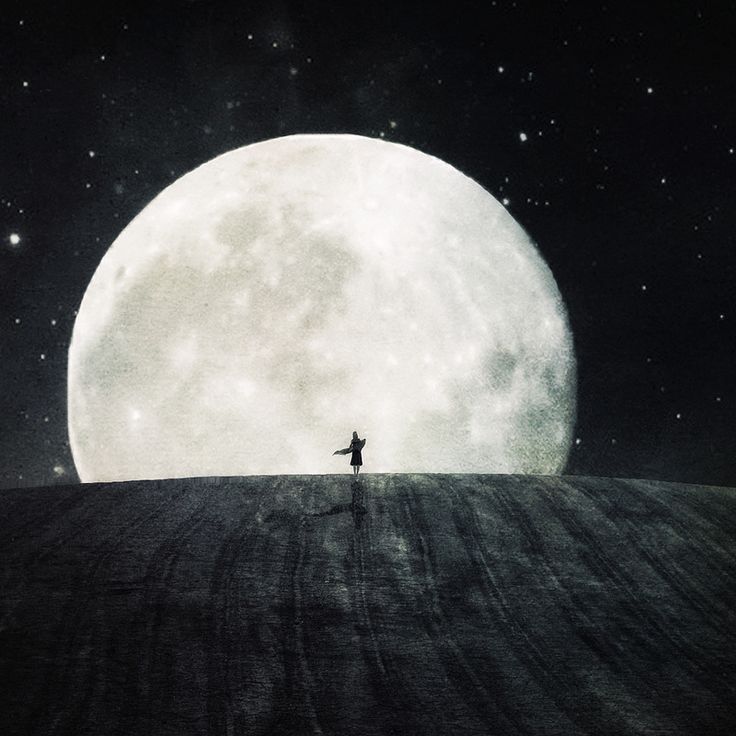
What is "Month"?
There is no celestial body called "moon". A month is one of the phases of the moon - its such a state when we see only a small part in the form of a crescent illuminated.
This name came from antiquity: our ancestors called the moon the bright part, and the moon the dark part of the moon.
But even now it is customary to call the "Moon" precisely the "round" Moon, and the luminous crescent - the "horned Moon".
Lunar eclipses
The phenomenon when the Earth covers the sun's rays falling on the Moon is called a lunar eclipse.
It can be partial or complete.
During a partial eclipse, sunlight is not completely blocked.
But even during a total eclipse, the Moon can be observed - it changes its color to dark red. This is due to the angle at which the sun's rays hit the moon: they slide over the Earth's surface and are partially scattered in its atmosphere. We observe the same phenomenon at sunset.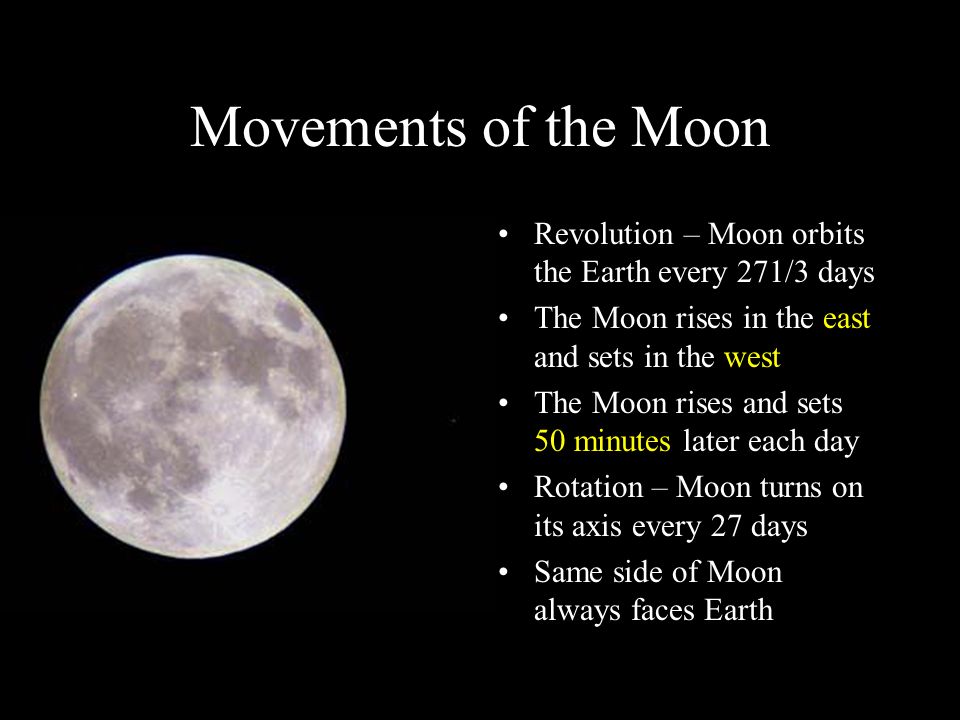
Far side of the Moon
The Moon moves around the Sun together with the Earth. But at the same time, it also rotates around its axis. Why, then, do we not see it from different sides, why is there some mysterious “reverse side” that we never see?
It turns out that the time of the Moon's revolution around its axis is equal to the time of its revolution around the Earth. - 27.3 days. Therefore, the Moon is always turned to the Earth with one of its sides.
But there are no riddles in its "reverse" side for a long time. She was photographed by research vehicles back in 1959 year. A map of the surface, an atlas of the moon, and even a globe of the moon were prepared.
The reverse side is somewhat different in relief from the one we see: it has fewer "seas" and more mountains.
Exploration of the Moon
The Moon, as the closest space object to the Earth, of course, was the first to hit the lens of space explorers.
At first, people simply watched her appearance, movement, phases.
With the invention of the telescope (in 1609), a more detailed study of the lunar surface, the study of mountains and craters on it became possible. They were recorded, they were given names.
Since the middle of the 19th century, the Moon has been actively photographed and photographs have been closely studied - but even then it was just an external study.
Only after a spacecraft was launched to the Moon (this happened in 1959), it became possible to acquire really important data about it.
Samples of lunar soil were obtained, the atmosphere of the Moon was investigated, even water was found - however, only in the state of ice.
To date, the Moon is the only celestial body other than the Earth that has been visited by man. American astronaut Neil Armstrong was the first to land on the moon on July 20, 1969 years old. In total, 12 earthlings stepped on the surface of the moon.
Is there life on the moon?
Now that the Moon can be considered a fairly well-studied object, scientists are sure that life - in the form in which it exists on Earth - cannot exist on the Moon.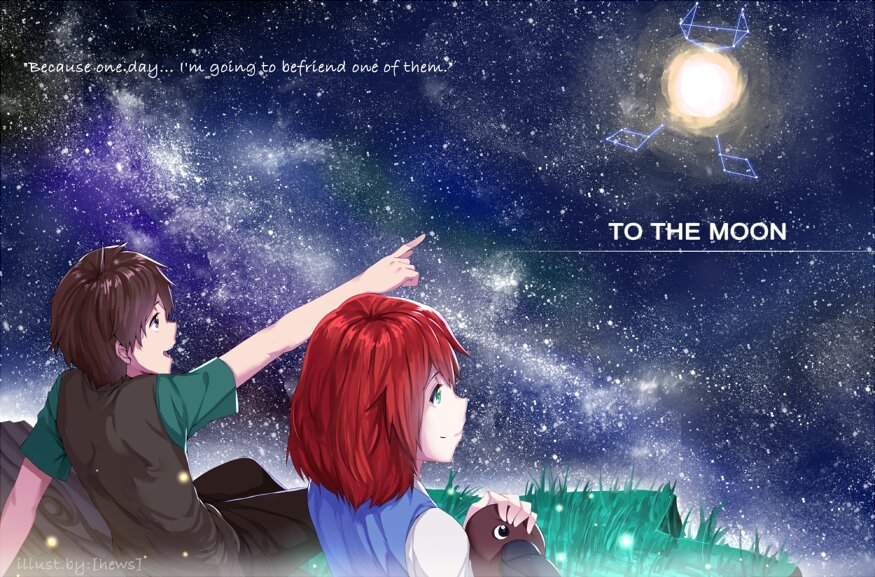 The atmosphere is too rarefied there, the temperature differences are too great - in such conditions, living organisms cannot exist.
The atmosphere is too rarefied there, the temperature differences are too great - in such conditions, living organisms cannot exist.
How does the Moon affect the Earth?
For millennia, the Moon has been seen as a mysterious, formidable and incomprehensible object, and a variety of phenomena on Earth have been associated with its influence.
Most of these theories have now been debunked. But some have been confirmed.
In particular, the tides in the water bodies of the Earth are explained precisely by the influence of the gravitational forces of the Moon. Moreover, the rise and fall of water is stronger in the part to which the Moon is currently closer.
The slowdown of the Earth's rotation is also associated with the influence of the Moon: every hundred years the length of the day on our planet increases (not by much, by 2.3 milliseconds, but still).
Interesting facts about the Moon
- We see the Moon as white, but in fact its surface is dark gray, almost black.
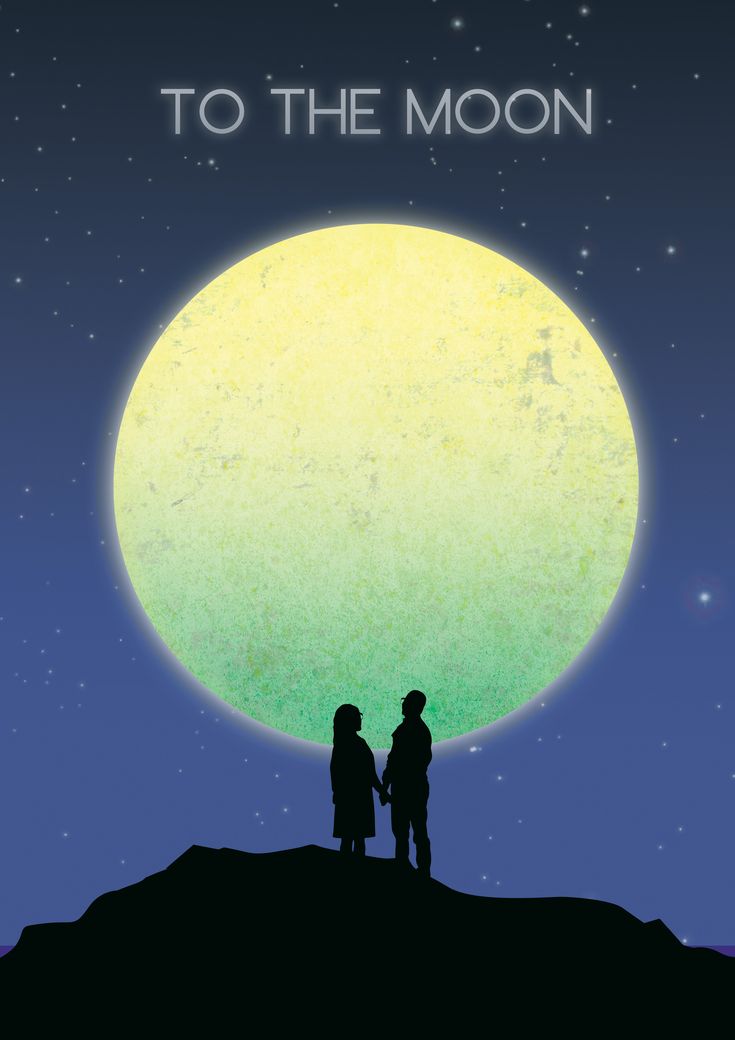 It appears bright due to the reflected light of the Sun
It appears bright due to the reflected light of the Sun - Man is not the first living creature to approach the Moon: steppe turtles, flies, beetles and various plants were present on board the Soviet spacecraft Zond-5, which circled the Moon on September 15, 1968.
- On the maps of the Moon, you can see the faces of people - these are schematically drawn portraits of those whose name is given to the seas, mountains and other objects on the surface.
- The force of gravity on the Moon is 6 times less than on Earth: on the lunar surface it would be very fun to jump, and lifting weights is much easier.
- Due to the lack of an atmosphere on the Moon, there are no dusks and dawns: day and night are replaced instantly.
- There are "moonquakes" on the Moon. But not as strong as on Earth.
You may be interested in:
Is your child seriously interested in space topics? You will find more fascinating facts for children about space and the planets of the solar system in our other articles.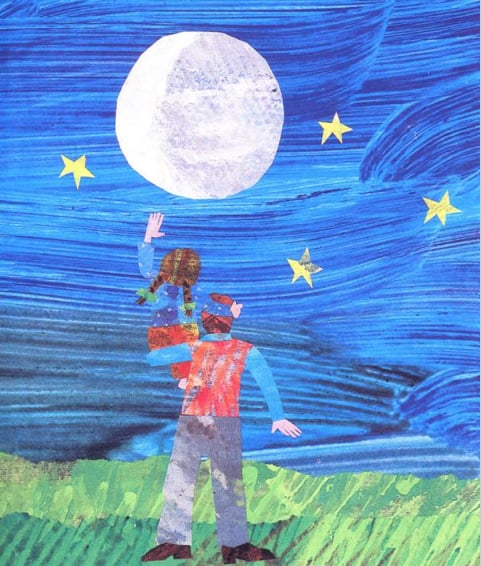
Physics courses for children aged 7-14
We teach physics and natural sciences in an exciting game format.
Short courses adapted for the perception and enjoyment of children
learn more

 In four months of work, he traveled 42 km, transmitted 86 panoramas and about 80,000 television frames to Earth.
In four months of work, he traveled 42 km, transmitted 86 panoramas and about 80,000 television frames to Earth. 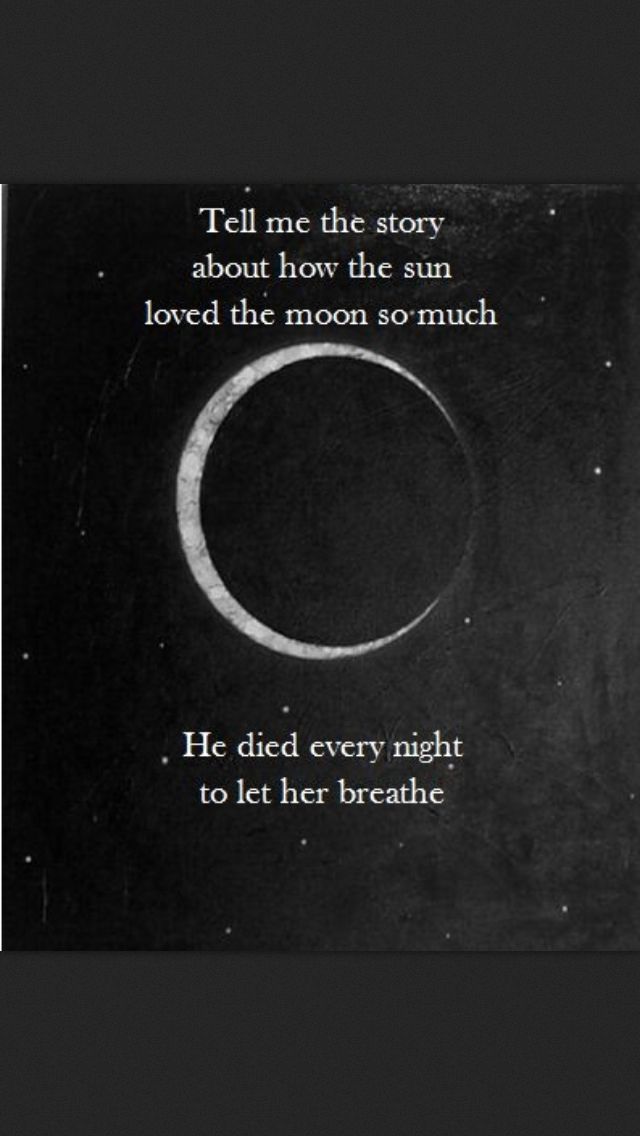
 The duration of the active existence of the lunar station
The duration of the active existence of the lunar station 